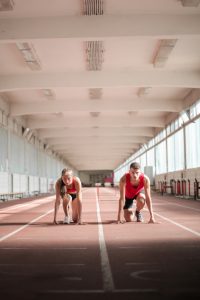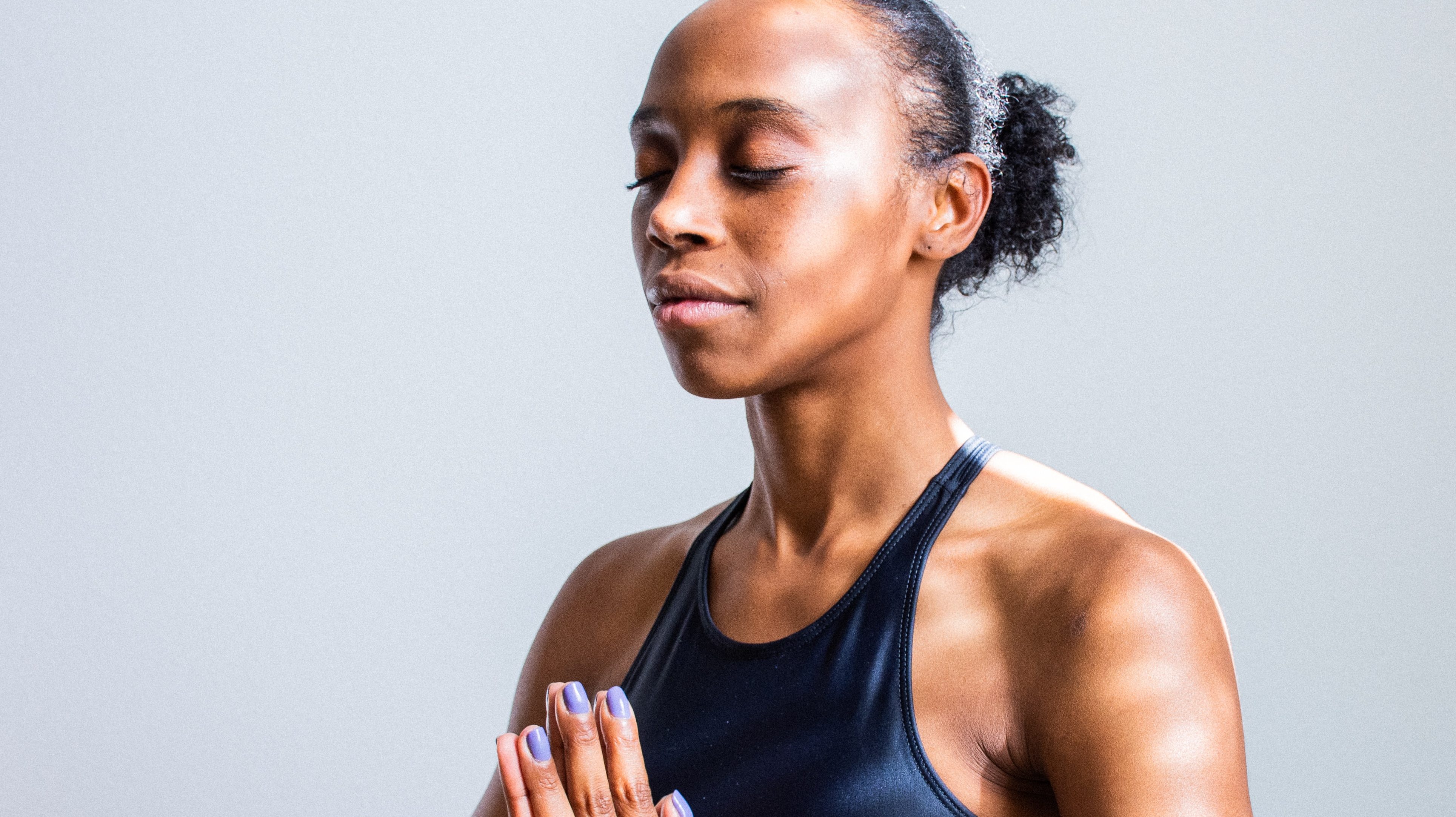Picture this: you’re standing in the curtain wings, the judges are waiting patiently for the next competitor. Your number is about to get called. Nearly a year’s worth of work comes down to this moment. Though you can’t see them from the wings, you know your loved ones and friends are in the audience waiting.
During every practice, you’ve been a rock star, but today the stakes feel too high. The pressure is mounting and your hands are starting to sweat. You feel your heart pounding and eventually it feels like it’s drowning out every other sound. It’s getting harder and harder to focus and what feels like hours has only been seconds.
You take your first step on the stage, the music plays and you stumble, your start is less than stellar. Your confidence hits the floor and the rest of your performance, seems like a repeat of your first step, stumbles.
confidence hits the floor and the rest of your performance, seems like a repeat of your first step, stumbles.
Have you ever found yourself in a similar situation? Where the pressure and the nerves derail your ability to perform at your best? Optimal performance becomes impossible under these circumstances and leads to even greater anxiety and fear. Why is it that for some, they seem to effortlessly transition to performing without paralyzing anxiety?
As a certified mental performance consultant, I have learned how to help my clients overcome obstacles like performance anxiety. While there’s a tremendous amount of information in performance psychology, I have found the best place to start is awareness. As I’ve heard from colleagues, podcasts, and my own work in the field, “You can’t grow if you don’t know.”
Awareness Is Key
If we follow our thought process, it often is triggered by noticing something, becoming aware, thinking about it, and then choosing to act. When one is aware, they can make a choice regarding their action versus falling prey to unconscious or negative patterns.
But when we’re distracted, our ability to think critically and address movement and performance from a mental standpoint is impeded. The absence of awareness keeps us from attending to the inner experiences that are impacting our ability to perform.
Without awareness, it becomes nearly impossible to implement the techniques and mental skills that could be helpful because we don’t know what we need. Awareness is the foundation. 
When we look at the physical aspect, we have the ability to see and re-watch our movements through film. The visuals provide immediate feedback and we’re able to gain an outer awareness in retrospect.
There’s a more tangible system to use to look back and to see a physical mistake or fault, or what we’ve done well and how to keep doing it. It’s visible. But the mental side requires introspective work.
It’s lack of visibility requires us to get to know ourselves in a deeper way, to recognize our tendencies in performance moments. By paying attention to our thoughts and feelings, we can identify patterns and correlations in which to continue or alter.
With that data, we can start to piece together the unique ingredients that lead to one’s personal optimal performance. Once that road map is developed, we work towards replicating it until it is mastered.
Acceptance
A key component to not only building awareness is accepting awareness. By first acknowledging and accepting where you are in your skill level, it becomes easier to honor the process and make a more solid commitment to reaching your goals.
Think of it this way, when you walk up to a map whether it’s a ski map, hiking trail map, or even the GPS on your phone, what is the first thing you do? Most likely, you look for where you are on the map! The same idea applies here, seeing where you are in your skills and then zooming out a bit to get a clear picture of where you want to go and the steps that will be necessary to get you there.
As we dive deeper into awareness, there are pieces to it that I’ll touch on that also foster enjoyment of being, of movement, and of performance. Movement is a broad term, and I’m keeping it that way purposefully because this applies to everyone in the movement and performance world.
Fear & Anxiety
Consider how much time in a day your thoughts are focused on the task at hand or simply just present to the moment. Studies have shown that our minds wander roughly 47% of the time. Meaning half the time our brains are floating around in la la land instead of focusing on what’s right in front of us!
During these times, in particular, mental floating may be heightened for a lot of us.
This state of worry and caution activates heightened awareness. It takes us away from the present and creates distractions that can hinder our abilities, experiences of joy, the ability to be creative, and our performances.
We’re also more likely to get injured when operating from a fear-based mindset due to heightened tension. It’s not about having an absence of thoughts that take us out of awareness. It’s more of having a transformed relationship with the thoughts and seeing them as they are.
If you’d like to connect with an Evolve clinician, reach out to us today!
Written by Jennifer Simmons, MA, CMPC


